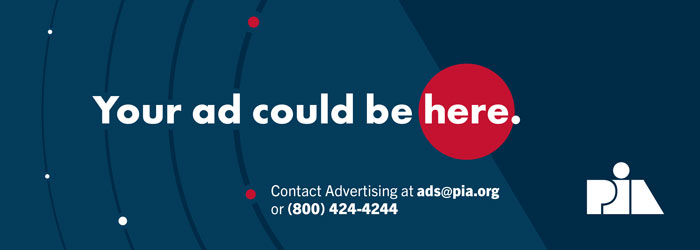The New Hampshire Insurance Department has issued Bulletin Docket #INS 25-016-AB, to address the increasing reliance on aerial imagery in property underwriting. The bulletin highlights concerns about insurers refusing to write or renew homeowners policies based solely on aerial images—particularly when such images incorrectly indicate poor roof conditions.
For insurance producers, this bulletin serves as an important reminder of best practices in underwriting transparency, and the need for additional verification measures before making adverse coverage decisions.
Key takeaways
Aerial imagery is a useful, but imperfect tool. The NHID acknowledges that aerial imagery is a valuable resource for insurers to assess property conditions. However, insurers must recognize that these images can misrepresent the actual condition of a property—for example, mistaking roof discoloration for structural damage.
Refusal to write or renew must be based on structural issues, not cosmetic flaws. The department stresses that insurers may decline coverage if clear evidence of property degradation or damage exists. However, denying coverage based only on aesthetic issues—such as staining or discoloration—is not justified.
Physical inspections required for confirmation. If aerial imagery suggests potential property issues, insurers must conduct a follow-up physical inspection before making an underwriting decision. This step ensures that homeowners are not unfairly penalized due to errors in aerial assessments.
Consumers must have the opportunity to challenge findings. If a policyholder disputes an insurer’s findings, the insurer is obligated to perform a physical inspection to confirm the accuracy of the aerial data before proceeding with nonrenewal or denial of coverage.
Why this matters for insurance producers
As an insurance producer, this bulletin underscores the importance of helping clients navigate underwriting challenges. If a client’s policy is flagged for nonrenewal based on aerial imagery:
- Encourage the insurer to conduct a physical inspection before finalizing its decision.
- Educate policyholders on their right to contest findings and request an in-person assessment.
- Communicate with carriers to ensure that underwriting decisions align with the NHID’s guidance.
The NHID’s stance reinforces fairness and transparency in the insurance process while still allowing insurers to use modern technology effectively. By staying informed and proactive, producers can help protect their clients and maintain trust in the insurance marketplace.

Bradford J. Lachut, Esq.
Bradford J. Lachut, Esq., joined PIA as government affairs counsel for the Government & Industry Affairs Department in 2012 and then, after a four-month leave, he returned to the association in 2018 as director of government & industry affairs responsible for all legal, government relations and insurance industry liaison programs for the five state associations. Prior to PIA, Brad worked as an attorney for Steven J. Baum PC, in Amherst, and as an associate attorney for the law office of James Morris in Buffalo. He also spent time serving as senior manager of government affairs as the Buffalo Niagara Partnership, a chamber of commerce serving the Buffalo, N.Y., region, his hometown. He received his juris doctorate from Buffalo Law School and his Bachelor of Science degree in Government and Politics from Utica College, Utica, N.Y. Brad is an active Mason and Shriner.





